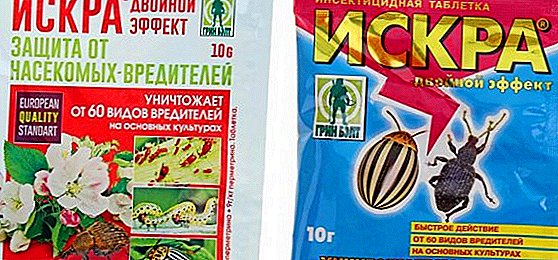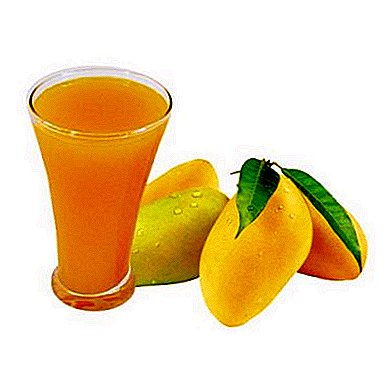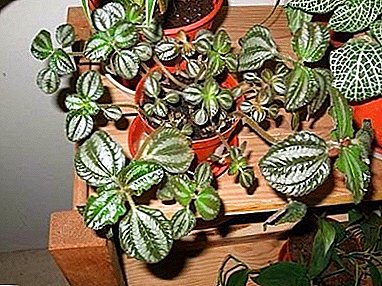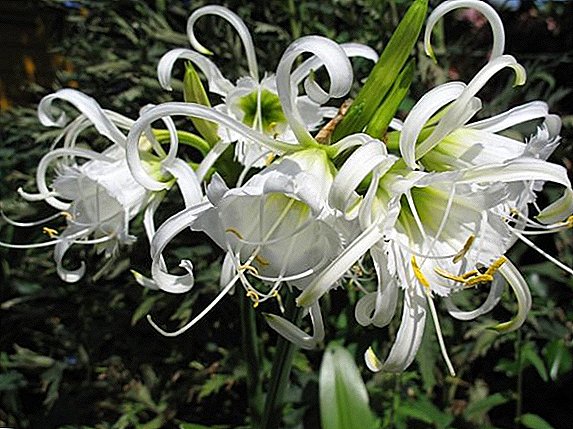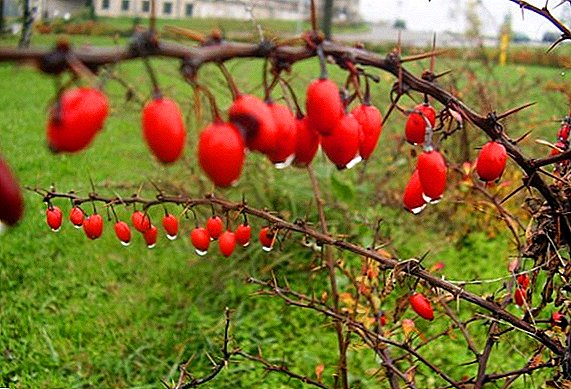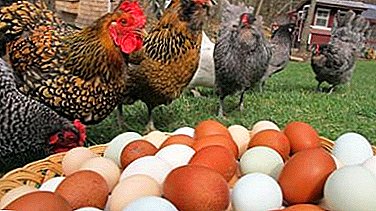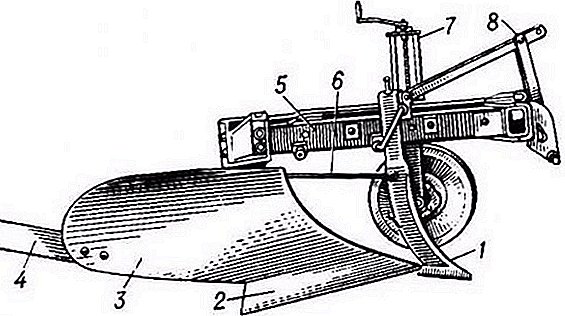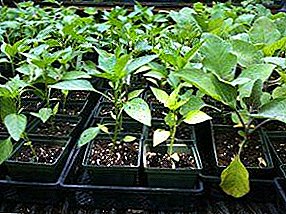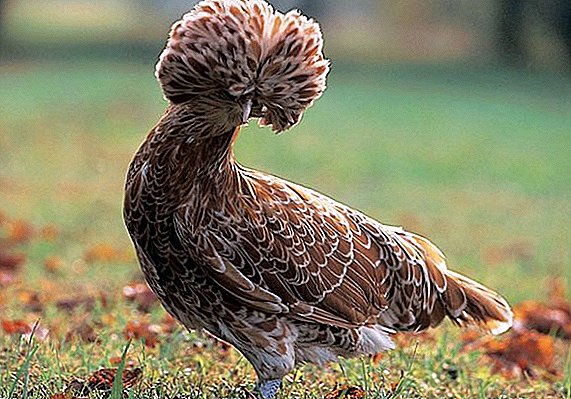 In most cases, birds are kept for meat and egg products. However, there are breeds of chickens, low productivity of which is compensated by a spectacular appearance. Such is the decorative breed of feathered Paduan. In addition to the extraordinary exterior, chickens of this breed are able to learn how to train, therefore, if desired, they can be raised by faithful tame pets. About the peculiarities of the content and varieties of the breed read below.
In most cases, birds are kept for meat and egg products. However, there are breeds of chickens, low productivity of which is compensated by a spectacular appearance. Such is the decorative breed of feathered Paduan. In addition to the extraordinary exterior, chickens of this breed are able to learn how to train, therefore, if desired, they can be raised by faithful tame pets. About the peculiarities of the content and varieties of the breed read below.
History of origin
Regarding the birthplace of this breed there are differences. Thus, according to some sources, the Paduans were first bred in England in the middle of the 19th century, while others claim that Italy, the city of Padua, in whose honor the breed was named, is the birthplace of unusual birds. It is known that the breed has a 300-year history, and its descendant was the Russian Pavlovskaya breed of chickens. Paduans came to Russia in the middle of the 18th century and were considered an exceptional delicacy prepared for the imperial table.
Familiarize yourself with the best representatives of ornamental, meat, egg and meat-egg breeds of chickens.
 Thanks to a memorable, spectacular exterior, the Paduans quickly gained popularity throughout Europe, and many wanted to see decorative feathery in their yard. However, due to the breeding of highly productive cross-breeds, which were also very unpretentious in the care, the popularity of the Paduan quickly declined.
Thanks to a memorable, spectacular exterior, the Paduans quickly gained popularity throughout Europe, and many wanted to see decorative feathery in their yard. However, due to the breeding of highly productive cross-breeds, which were also very unpretentious in the care, the popularity of the Paduan quickly declined.
Did you know? In our time, the ratio of people and chickens on the planet is 1: 3.
Breed species
Initially, the Paduan were represented only in one color of plumage - brown. As a result of further breeding, many species of birds appeared:
- White. Feathers are painted in a uniform snow-white shade, in the tail part a slight darkening of color is possible. Defect is the presence of feathers of a contrasting color.
- The black. The plumage is completely black; males may have separate dark blue feathers in the tail section. A defect is also considered to be feathers of a different color.
- Silver. The main color of feathering is white with a black border.
- Gold. This species is similar to the previous one, but the main color of the plumage is golden yellow or golden red. Kaemka feathers - black.
- Shamoah (shamo or camel). In this species, the middle of the feathers is colored golden brown, and the border is white.
- Dwarf. This species is decorative due to its low productivity and low weight.

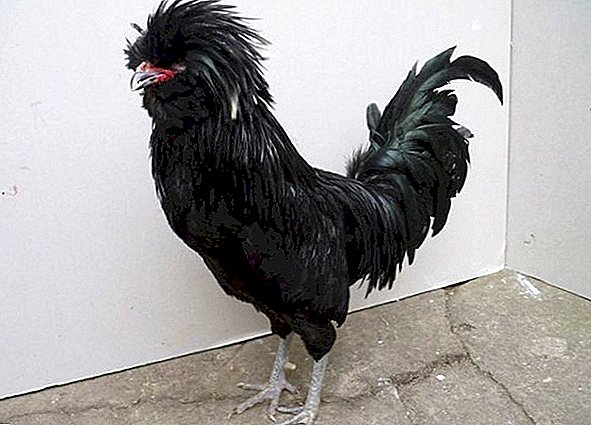



Appearance
The appearance of the Paduan is so unusual, vivid and memorable that, having once seen the birds of this breed, it will no longer be confused with any other type of chicken. Males are distinguished by higher growth due to the high chest and long neck, their torso is longer, but narrow. For females characterized by lower growth, wide body and a certain squat.
Learn more about the peculiarities of breeding other representatives of ornamental breeds of chickens: Araukana, Kokhinkhin, Phoenix, Pavlovskaya golden and Pavlovskaya silver.
The main features of the body structure:
- head: medium in size, set high, decorated with a fluffy tuft of long feathers and a beard with tanks, a comb and earrings are absent;
- torso: strong and light at the same time, horizontally set, wider at the shoulders, narrowing towards the tail;
- plumage: thick and dense, without bald patches, on the lower back the plumage is much thicker;
- wings: long and tight to the body;
- tail: slightly upturned, with lush plumage and long arcuate braids.


Important! All features that look different from those indicated are considered a defect in the breed and speak of genetic impurity to feathered animals. These include the asymmetry of the tuft, short wings, the presence of a ridge, bald spots in the plumage, the absence of feathers on the face, etc.
Character
In general, the nature of the breed can be called calm, balanced, non-conflict. Birds are very friendly, trusting. They are distinguished by high intelligence and are amenable to training: they can be taught to eat from hands, to fly into the shoulders of the owner and thus move around the territory. If desired, decorative feathery can be a full-fledged pet.
Sometimes the owners of the Paduan say they are hot-tempered with feathery, display of jealousy or other negative qualities, but this is more likely related to the individual characteristics of a particular chicken and depends on the conditions of detention. Aggressiveness is characteristic of roosters, chickens are distinguished by a calm temperament. 
Productivity
This breed is characterized by average productivity and weight, because it refers to the meat and egg varieties of chickens. Key Features:
| Weight | Males - 2-2.5 kg, females - 1.5-2 kg. At dwarf breeds, males and females weigh 900 and 800 g. |
| Productivity | Up to 100-120 eggs per year |
| Duration of egg production | Up to 4 years, after starting to decline rapidly |
| Egg mass | For standard breeds - 45-50 g, for dwarf - 30 g |
| Shell color | White |
Content Features
In general, the content of this species is not much different from the content of other species of birds. The only thing that should be taken into account is the innate thermophilicity of the Paduans when building the house.
In winter time

Get acquainted with the peculiarities of keeping chickens in the winter season.
Padua heat-loving and low temperatures tolerate very bad. Particular attention should be paid to the arrangement of the house and to follow certain recommendations for the maintenance during the winter period.
- Warming the floor in the house. It is recommended to use natural materials (moss, sawdust and wood shavings, straw and hay). They perfectly retain heat, the moss also partially absorbs unpleasant odor. The advantage of natural materials is that after cleaning the litter the mixture can be used again to fertilize the site. Layer flooring should be at least 15-20 cm, as tamping it should be poured. An effective and inexpensive option for warming is removable floors, which are removed and disinfected during the warm season. If possible, the floor can be insulated with infrared film.
- Wall and roof insulation. Basalt wool sheathed with plywood, board or drywall is perfect for wall insulation. Also suitable foam or foil substrate.
- The territory for walking must be equipped with a canopy to protect against precipitation. When paduans get wet plumage, they increase the risk of catching a cold.
- Courtyard for walking should also be warmed with a layer of straw.
Important! Representatives of this breed are particularly prone to colds and arthritis, so be sure to take care of the insulation of the house.
It is necessary to let out birds for walking in positive temperatures and in dry weather. On the territory of the courtyard must be located "chicken baths" - containers filled with wood ash and sifted river sand (2: 1). This device will protect the bird from parasites and for a long time preserve the beauty of feathering and a presentable appearance.
Feeding
 The diet and feeding of paduans are another important point of maintenance. For food, it is desirable to choose high-quality ready-made dry feed. You can also prepare your own food:
The diet and feeding of paduans are another important point of maintenance. For food, it is desirable to choose high-quality ready-made dry feed. You can also prepare your own food:
- feed grains (corn, oats, wheat, peas);
- sunflower cake;
- vitamin and mineral components.
You will probably be interested to learn how to properly formulate a diet for chickens.
Be sure to give greens, vegetables and fruits. It is impossible to add growth stimulants, hormones and other artificial substances to feed, as they severely undermine the immunity and health of birds. It should also be borne in mind that ordinary drinkers are not suitable for Paduans, because from the constant contact of the beard with water the head will be wet, due to hypothermia can occur and, as a consequence, the common cold, and because of the accumulation of dirt - parasites start. For the same reason, the hens of this variety do not give wet food. The problem will help solve nipple drinking bowl.
Did you know? Electrophobia - this is the name of an obsessive fear of chickens and everything that is relevant to them: chickens, eggs, down, feathers, dead carcasses, and sometimes even cooked meat.
Advantages and disadvantages
Before buying these birds it is worth weighing the pros and cons. So, the breed has both obvious advantages and undeniable drawbacks, which can be a reason for not buying birds.  Benefits:
Benefits:
- Beautiful, unusual appearance.
- A wide variety of breed colors.
- Birds can be trained and trained, with self-raising chickens in adulthood, they will be tame and faithful.
- Meat dietary, lean, ideal for a balanced diet.
- Down and cushions are well suited for filling pillows / blankets.
Disadvantages:
- Very bad incubation instinct in females, therefore reproduction is possible only in an incubator.
- Poor tolerate cold, prone to colds, must be kept warm.
- Relatively low productivity.
- Breed is not common in Russia.
So, from an economic point of view, it is not at all profitable to contain paduans for obtaining egg products and meat, as now there are a lot of breeds with much greater productivity and weight. However, in view of the decorative nature of the bird, contemplating it on your patio can be a great aesthetic pleasure. Definitely, this exotic feathered beauty is created for the soul, not for the benefit.
Breed Reviews





